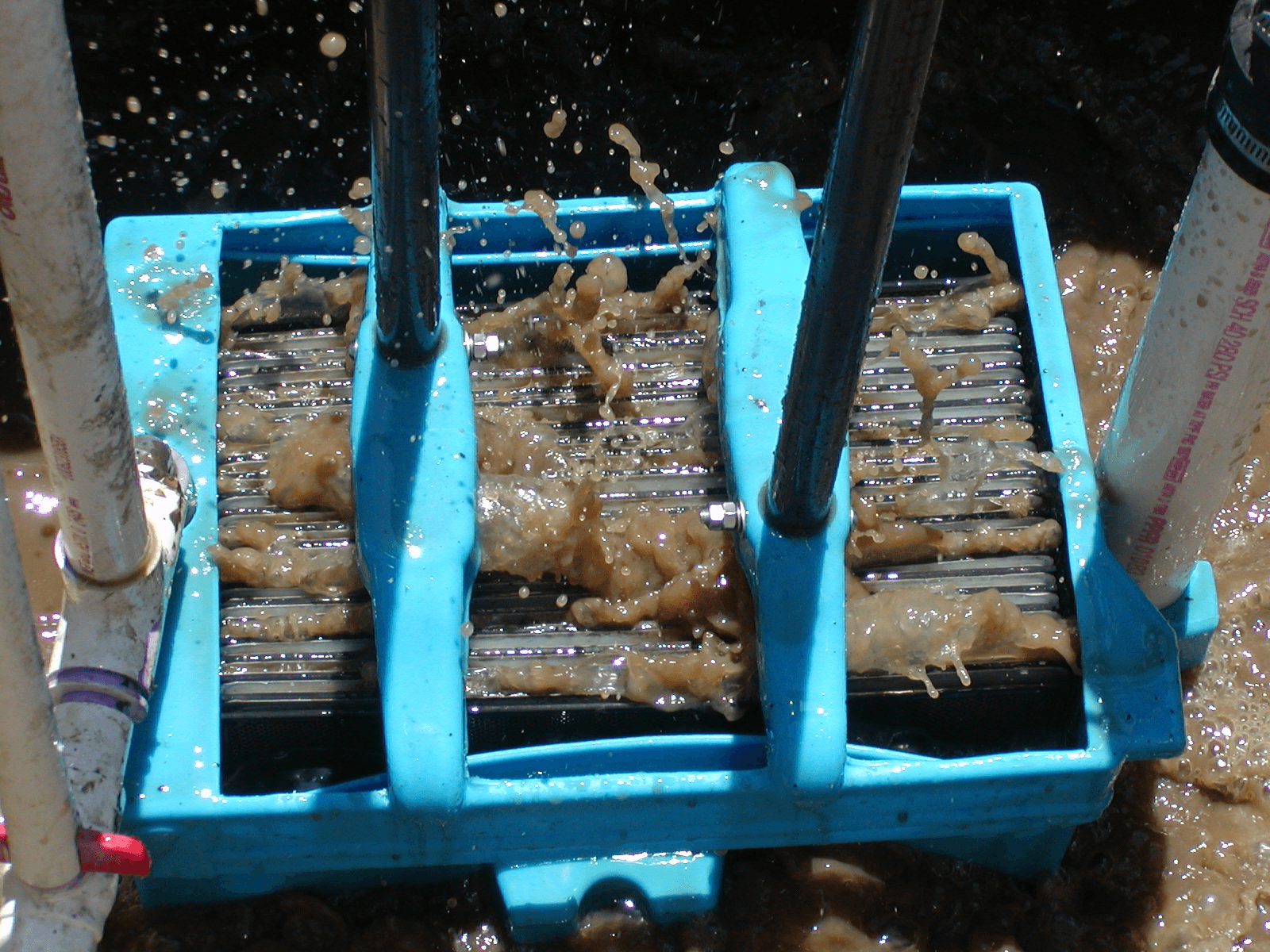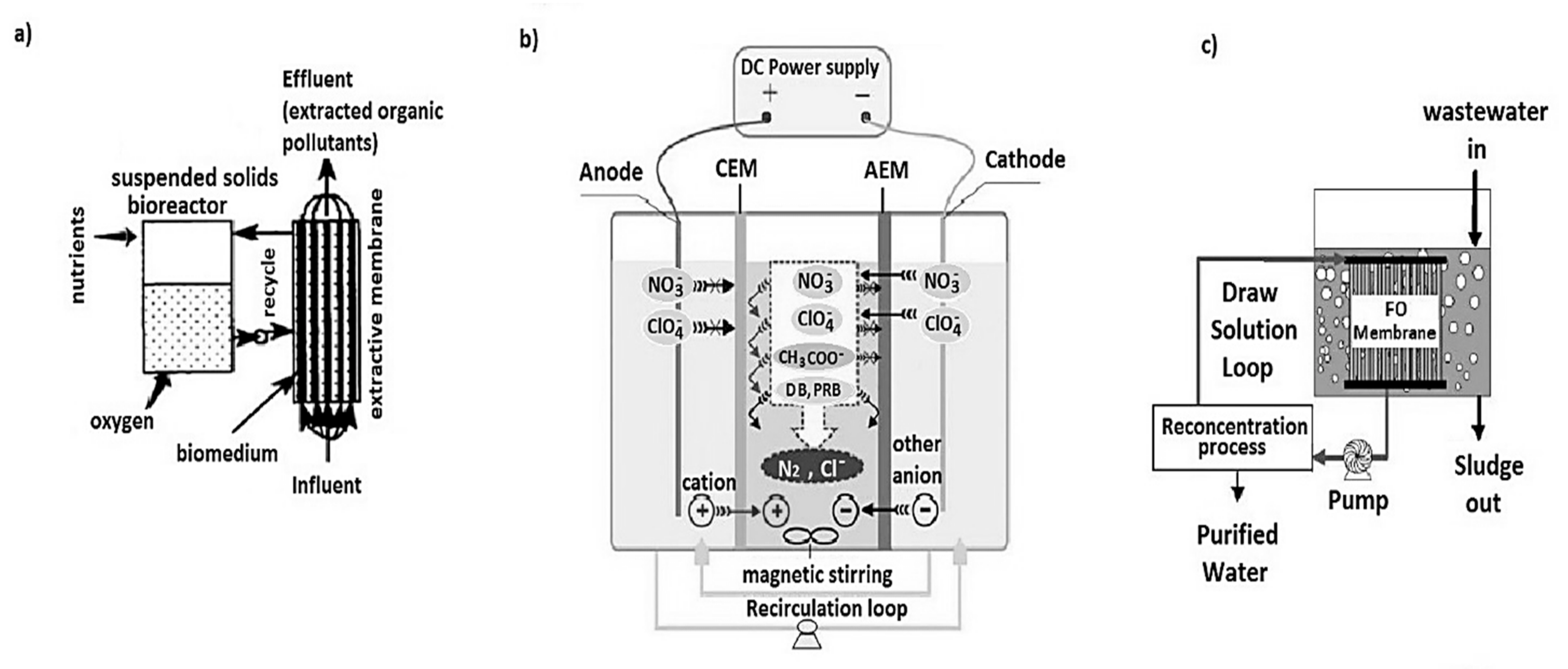Understanding the Basics of Membrane Bioreactor Systems for Wastewater Management
Understanding the Basics of Membrane Bioreactor Systems for Wastewater Management
Blog Article
Just How Membrane Bioreactors Are Reinventing Water Purification Systems
The appearance of membrane bioreactors (MBRs) represents a substantial innovation in the area of water purification, combining biological therapy processes with cutting-edge membrane filtration modern technologies. As global water deficiency escalates, the role of MBRs in facilitating potable water reuse and lasting water management becomes increasingly vital.
Review of Membrane Layer Bioreactors
Membrane bioreactors (MBRs) stand for a significant development in water purification technology, as they incorporate biological therapy procedures with membrane layer filtering. This combination enhances the efficiency of wastewater therapy by utilizing microorganisms to deteriorate natural toxins while all at once employing semi-permeable membrane layers to different treated water from put on hold solids and microorganisms.
The MBR system generally contains a biological reactor where the microbial population metabolizes impurities, complied with by a membrane layer filtration device that retains biomass and allows only tidy water to travel through. This twin capability results in higher effluent high quality contrasted to standard treatment techniques. MBRs can be operated in both batch and constant flow settings, using versatility in design and application.
They also enable the healing of water for reuse, hence adding to water sustainability campaigns. Overall, MBRs are at the leading edge of enhancing water therapy performance and quality, showcasing the potential for ingenious options in ecological monitoring.
Benefits of MBR Modern Technology
The integration of biological treatment with membrane filtering uses many benefits for water filtration processes. Among the primary advantages of Membrane layer Bioreactor (MBR) technology is its capability to successfully eliminate both inorganic and natural contaminants, leading to top quality effluent. The membranes serve as a physical barrier, avoiding suspended solids and pathogens from passing through, which enhances the overall safety and security and integrity of cured water.
Furthermore, MBR systems need a smaller footprint contrasted to standard treatment methods, enabling more reliable room use. This small design is specifically useful in metropolitan settings where land is restricted. MBRs additionally demonstrate operational adaptability, fitting varying influent qualities and circulation prices without considerable performance destruction.
Moreover, the process supplies improved nutrient removal capacities, especially for nitrogen and phosphorus, which are crucial for preventing eutrophication in obtaining waters. The decreased sludge manufacturing connected with MBR technology additionally translates to decrease disposal expenses, making it an affordable remedy in the lengthy run - Membrane Bioreactor. Overall, the benefits of MBR technology placement it as a leading choice for cutting-edge and sustainable water filtration systems, dealing with both ecological and economic worries
Applications in Water Filtration
Applications of Membrane Bioreactor (MBR) modern technology in water purification are impactful and varied, dealing with numerous treatment needs throughout multiple industries. MBRs properly integrate biological treatment procedures with membrane layer filtration, making them excellent for community wastewater therapy, commercial effluent management, and even drinkable water reuse campaigns.
In metropolitan setups, MBRs are increasingly employed to enhance the high quality of treated wastewater, enabling conformity with rigid discharge laws and promoting the recycling of water for watering and non-potable usages. Their portable layout also makes them suitable for urban environments where space is restricted.
Industrially, MBR modern technology is utilized to deal with procedure water and wastewater, specifically in fields such as food and drink, drugs, and fabrics. By successfully eliminating pollutants and suspended solids, MBRs help industries minimize environmental influences while recouping beneficial sources from wastewater streams.
Additionally, MBRs are acquiring traction in decentralized water treatment applications, where small systems can be released in remote areas or developing areas. This flexibility allows neighborhoods to achieve lasting water monitoring options, enhancing accessibility to tidy water while minimizing reliance on traditional therapy techniques.
Case Researches and Success Stories

In visit here an additional example, a fabric manufacturing facility in Bangladesh embraced MBR technology to resolve its wastewater difficulties. The system reduced chemical oxygen need (COD) levels from 1,200 mg/L to less than 100 mg/L, therefore fulfilling governing requirements and dramatically reducing ecological influence.
The College of Cape Community's MBR installment has actually proven reliable in dealing with greywater for non-potable reuse on campus. This project not only saves safe and clean water however also serves as an instructional design for lasting practices.
Moreover, a seafood processing plant in Norway made use of MBR technology to treat effluents having high levels of natural issue, achieving over 90% contaminant elimination. These case research studies emphasize MBR technology's adaptability and its essential role in improving water top quality throughout diverse applications.
Future of Water Therapy Solutions
As global water scarcity and pollution obstacles escalate, innovative water therapy services are coming to be increasingly necessary to guarantee sustainable accessibility to tidy water. The future of water therapy depends on the integration of sophisticated innovations that improve the efficiency and performance of filtration procedures. Membrane bioreactors (MBRs) are at the center of this development, combining organic treatment with membrane filtering to generate top notch effluent suitable for numerous applications.

Arising trends such as resource recovery from wastewater, consisting of nutrients and power, will better transform treatment facilities right into environmentally friendly hubs. Furthermore, improvements in nanotechnology and membrane layer products guarantee enhanced performance and durability of filtering systems.

Verdict
In final thought, membrane bioreactors stand for a substantial advancement in water purification modern technologies, successfully incorporating biological therapy with advanced membrane layer filtration. The various advantages, including improved effluent quality and minimized spatial needs, make MBRs specifically ideal for city applications. Their duty in safe and clean water reuse and lasting water administration highlights their value in addressing global water deficiency obstacles. Proceeded study and development will certainly further improve the effectiveness and fostering of MBR technology, ensuring a durable future for water treatment options.
The appearance of membrane layer bioreactors (MBRs) represents a considerable innovation in the field of water purification, merging biological therapy processes with innovative membrane purification modern technologies. As worldwide water shortage escalates, the role of MBRs in facilitating potable water reuse and lasting water published here management becomes significantly critical. They also enable the recuperation of water for reuse, thus contributing to water sustainability initiatives.As international water shortage and contamination difficulties intensify, cutting-edge water therapy options are becoming significantly vital to make sure sustainable access to clean water. Their function in potable water reuse and lasting water management highlights their significance in attending to international water shortage difficulties.
Report this page